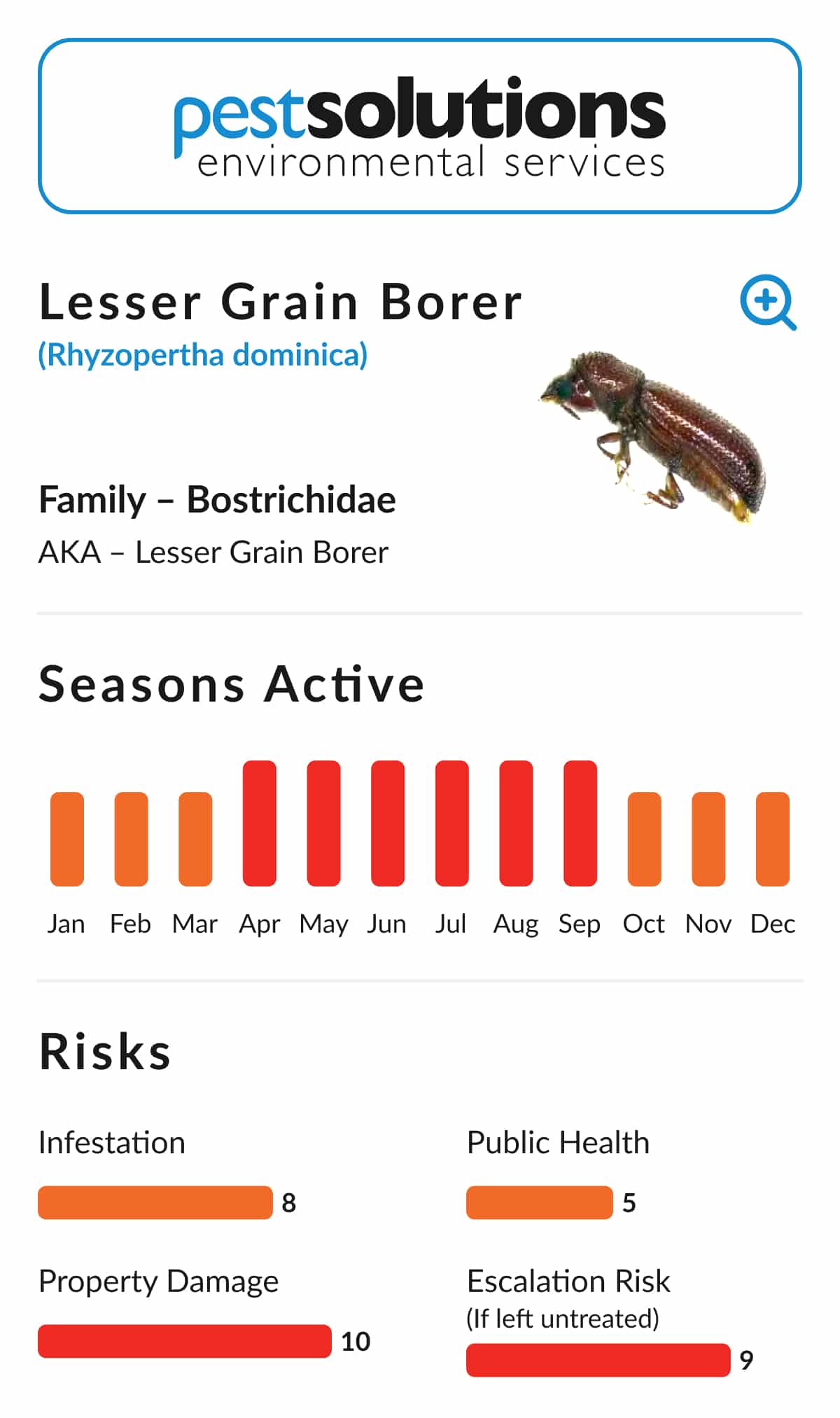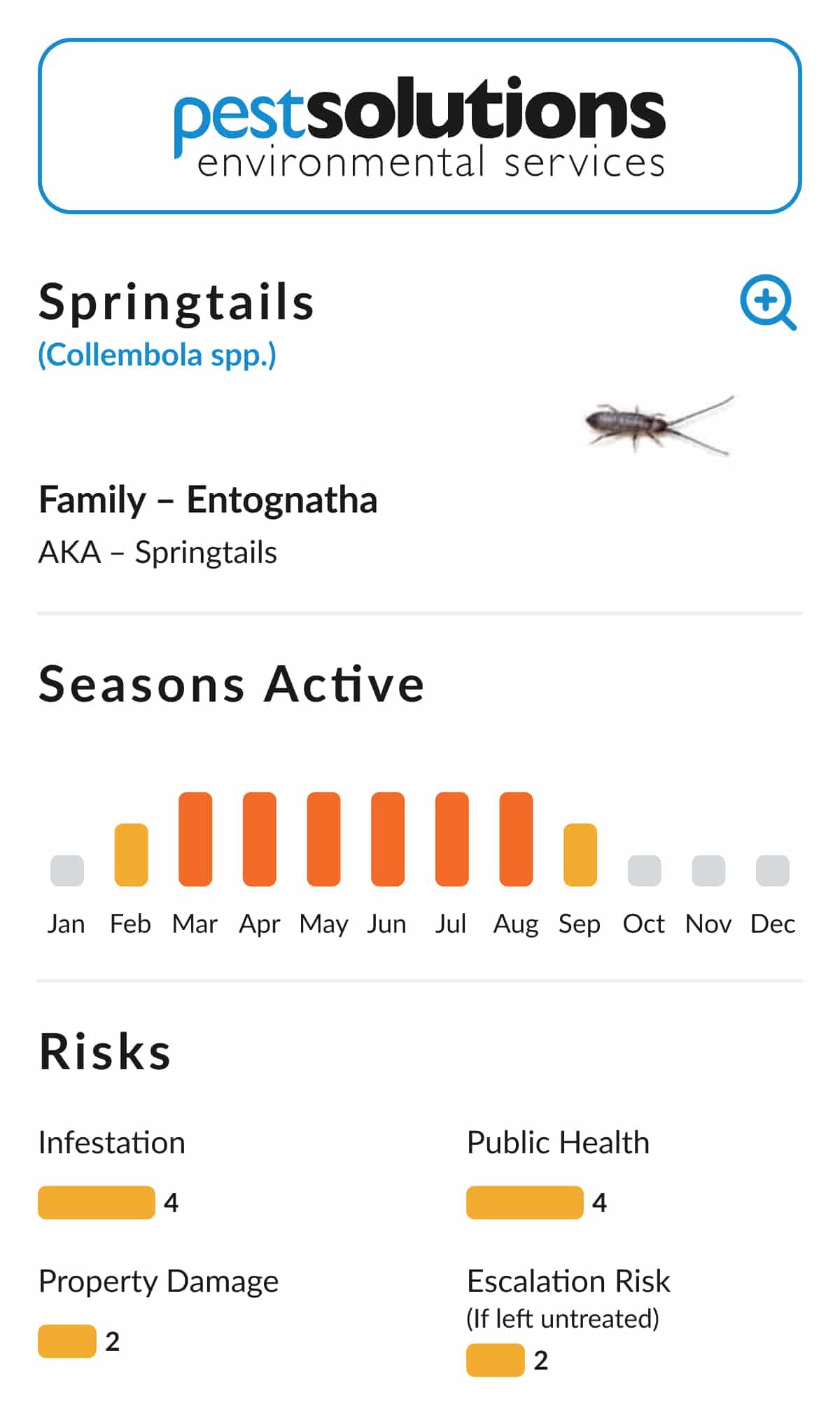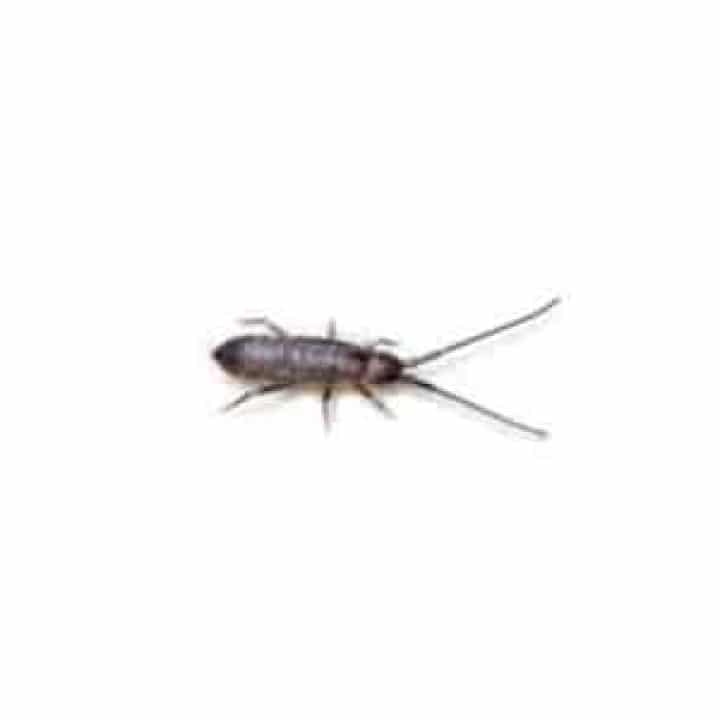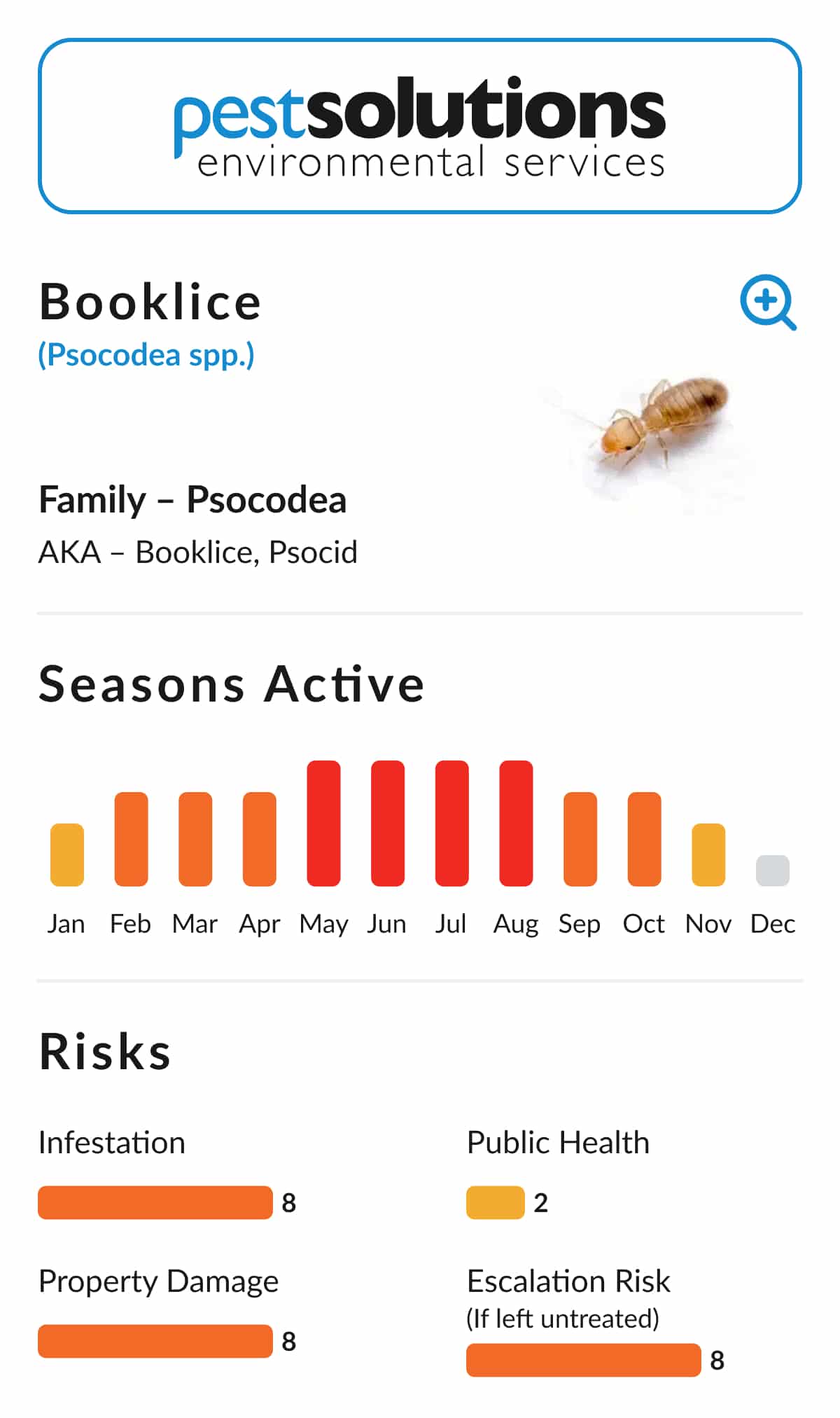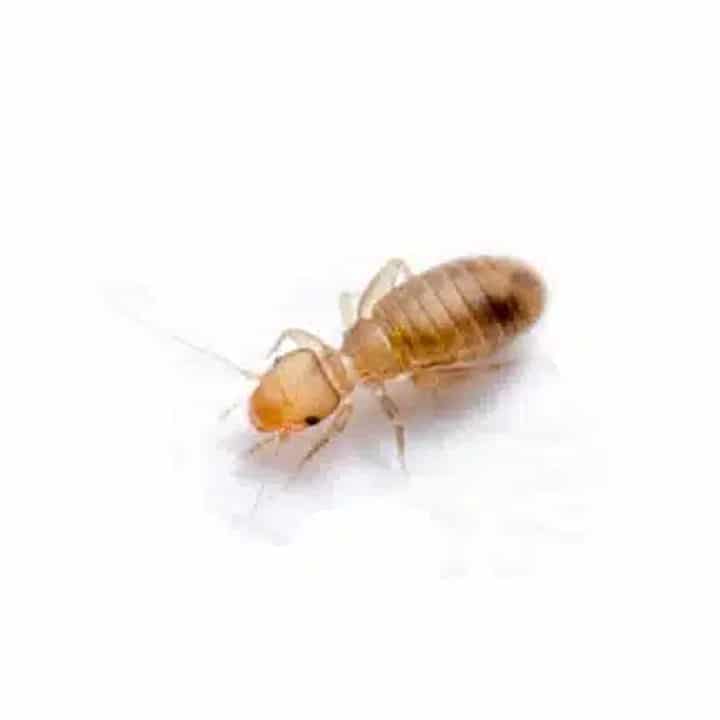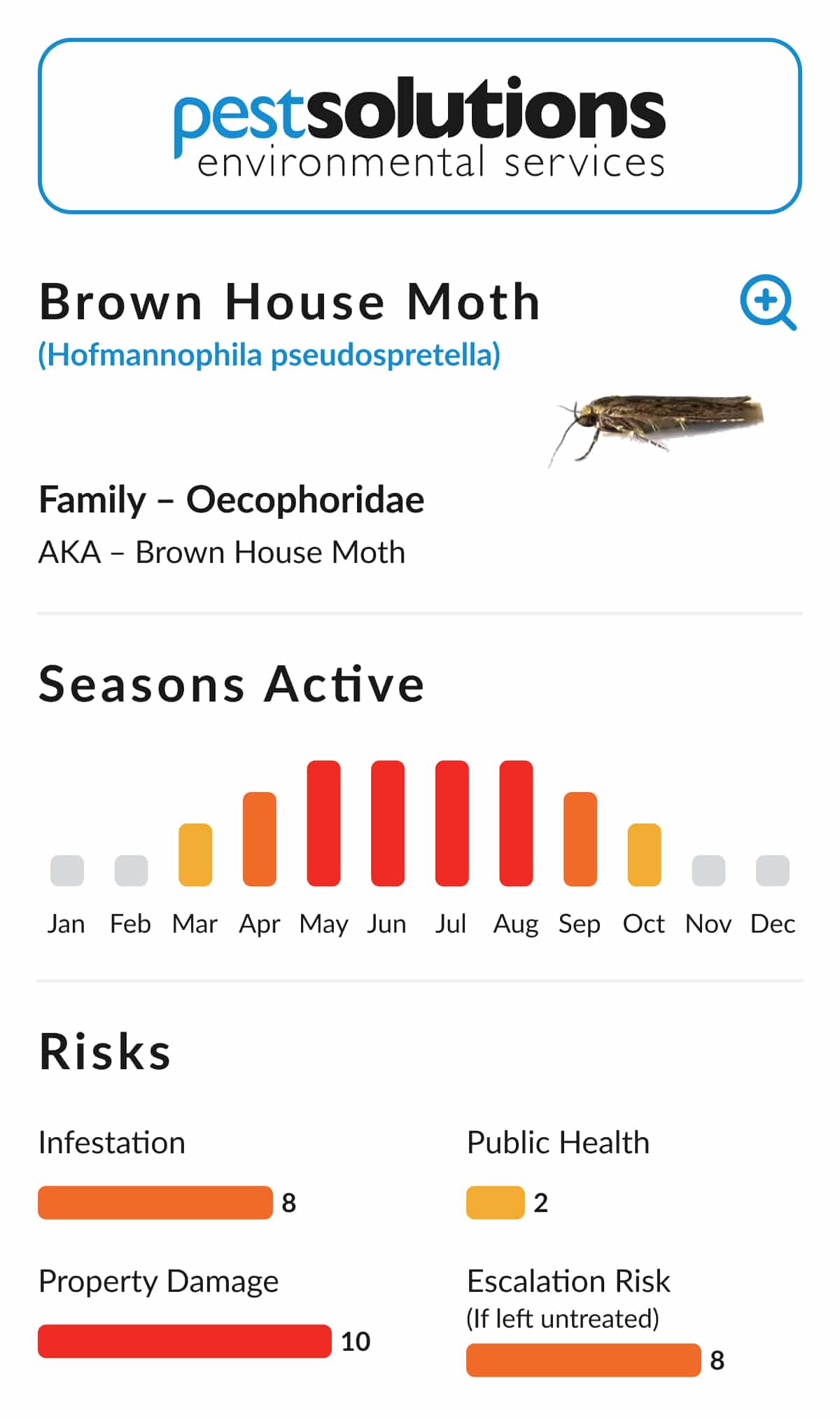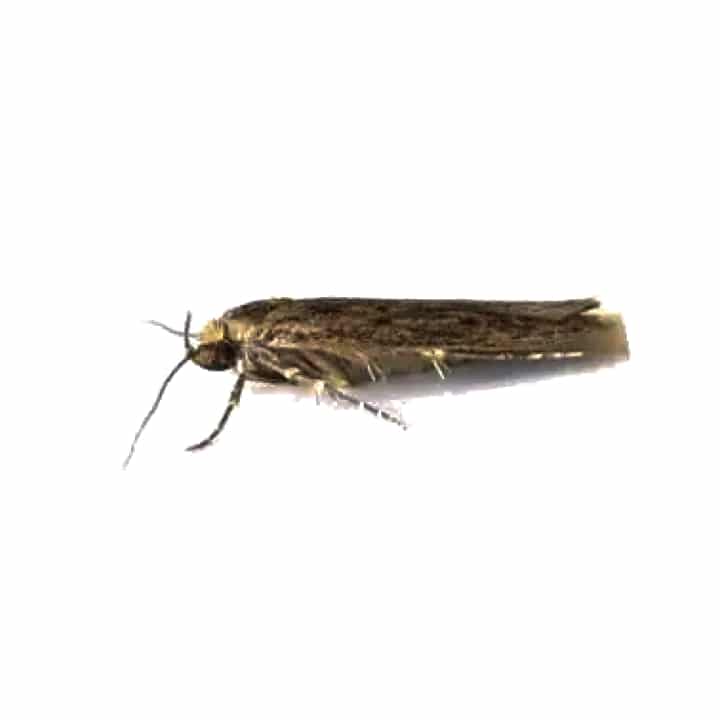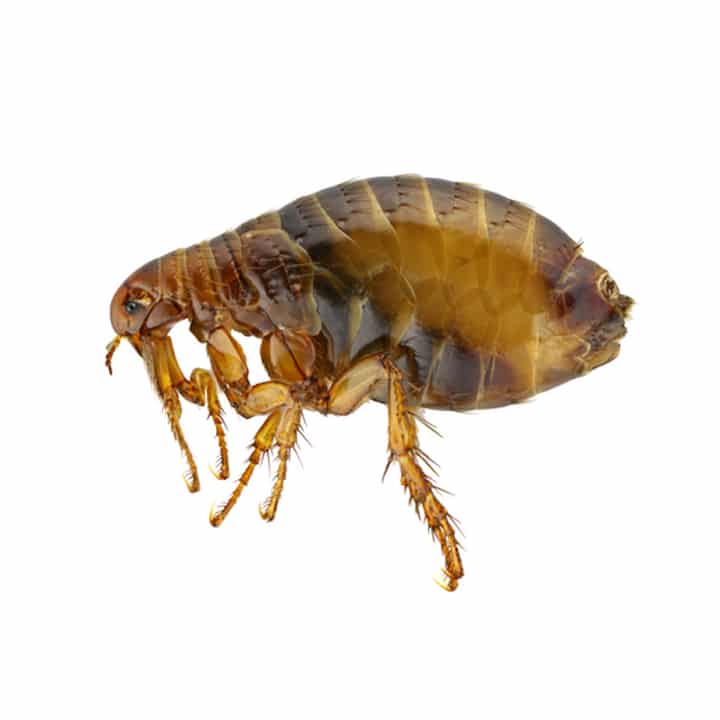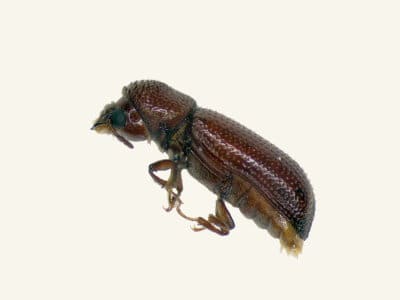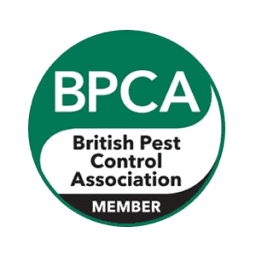Habitat and Distribution – Lesser Grain Borer (Rhyzopertha dominica)
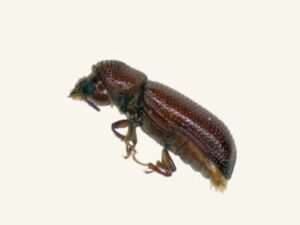
Biology – Lesser Grain Borer (Rhyzopertha dominica)
The life cycle of the Lesser Grain Borer includes four stages: egg, larva, pupa, and adult. Under ideal conditions, the full cycle can be completed in as little as four weeks.
-
Eggs: Each female can lay around 300 eggs, deposited singly on or among stored grain.
-
Larvae: These whitish, curved grubs are sluggish but have legs. They usually develop inside individual grain kernels, causing extensive internal damage. Development takes 3–8 weeks depending on temperature.
-
Pupae: Pupation occurs within the grain and lasts 3–10 days.
-
Adults: Adults are approximately 3 mm long, brown in colour, and easily recognised by their humped thorax, which conceals the head when viewed from above. Like larvae, adults also feed on the grain, compounding the damage.
The species can complete development on grain with a moisture content as low as 8%, which is lower than many other common grain pests.
Why They’re a Problem – Lesser Grain Borer (Rhyzopertha dominica)
Although the Lesser Grain Borer is rarely a major pest in the UK, it is considered highly destructive where it does occur. Both adults and larvae feed within cereal grains, and in heavy infestations, the commodity may be reduced to dust. Its ability to breed in low-moisture grain gives it a competitive advantage over other pests in drier storage conditions.
This species can infest all types of cereal grains and occasionally other stored commodities, making early detection and intervention critical in affected environments.
Control and Prevention – Lesser Grain Borer (Rhyzopertha dominica)
Controlling infestations of the Lesser Grain Borer involves a combination of monitoring, environmental control, and chemical treatment:
-
Monitoring: Use bait bags and traps to detect early activity.
-
Environmental control: Cooling and drying the grain are essential to inhibit development.
-
Insecticide admixtures: Use approved products to treat stored grain and prevent infestation.
-
Residual treatments: Apply approved sprays to structural surfaces within the grain store.
-
Fumigation: Severe infestations may require phosphine fumigation, which must be carried out by licensed professionals.
Preventative measures and consistent monitoring are vital, especially in environments where higher temperatures are maintained.
Professional Support – Lesser Grain Borer (Rhyzopertha dominica)
If you suspect an infestation of Lesser Grain Borers in your grain storage facility, it’s essential to act quickly. Due to the severity of damage they can cause and their ability to remain hidden within grain, professional pest management is strongly recommended.
Visit https://www.pestsolutions.co.uk to contact our team for expert advice or to arrange a detailed inspection.
